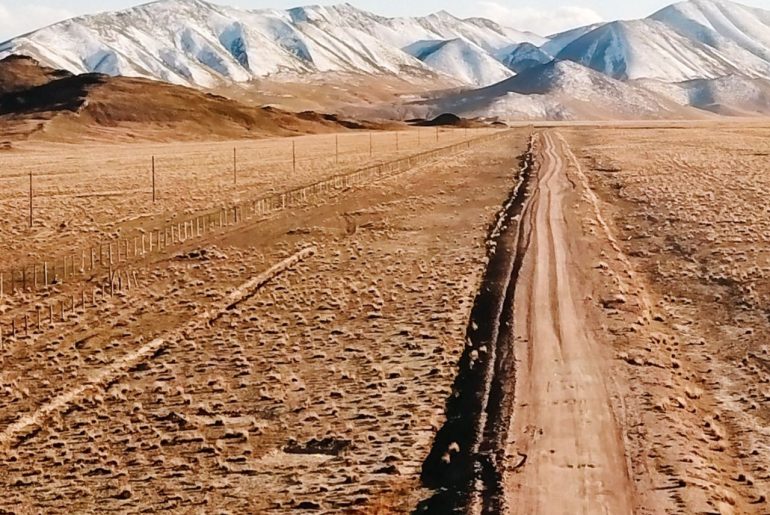Key findings Download here BRI finance and investments is steady at low levels in the first half of 2022 at US$28.4 billion (compared to US$29.6 billion in the first half of 2021), 42% through investments;Since 2013, cumulative BRI engagement amounts to US$932 billion, about US$561 billion in construction contracts, and US$371 billion in…
Key findings Download pdf BRI finance and investments stabilized in 2021 at US$ 59.5 billion (compared to US$ 60.5 billion in 2020);No coal projects received financing or investments in 2021;Green energy finance and investments in the BRI slightly increased to a new high in 2021 at US$6.3 billion (compared to US$ 6.2 billion in…
Discontent and activism against BRI initiatives pose financial risks and spell potential public image problems for China and host countries. Understanding the social and economic motivations of communities who protest and how to prevent future mobilisations is essential to the success of the BRI in Central Asia. A quintessential example…
The BRI offers the Central Asian range states of Panthera Uncia a once in a generation chance to bring economic opportunity to a region often overlooked in development. Like all projects of this scale, the ramifications for the area’s biodiversity, and in particular its flagship species Panthera Uncia remains hard…
Introduction Whilst the BRI is led by Chinese industry, the private sector is cautious in its implementation of environmental protection, especially regarding biodiversity conservation.1 Chinese BRI financiers lack international best-practice safeguards, whilst the whole project may impact more than 369 000 km2 of vulnerable habitat in a 25 km buffer…
China announced coal phase-out in Bangladesh In February 2021, China’s embassy in Bangladesh sent a letter to the local Ministry of Finance stating that “the Chinese side shall no longer consider projects with high pollution and high energy consumption, such as coal mining [and] coal-fired power stations”. Why did China…
Kazakhstan’s energy grid has not been modernised since its independence from the Soviet Union and is falling into a state of dereliction and disrepair. With its sights set on 50 percent renewable energy by 2050 and substantial solar and wind energy capabilities, Kazakhstan could be a model for green energy…
Central Asia is in need of development, energy, and infrastructure, and the BRI can offer these. However, as a region facing transboundary disputes, food and water security problems, and corruption, regulations and incentives must be put in place to ensure the BRI also accounts for the long-term health of people…
Monday 30th of March, the IIGF Green BRI Center in collaboration with Oxford University Silk Road Society Think Tank presented their work on the policy report “ The Central Asian Way : social and environmental sustainability in the BRI”. The policy report, launched on Wednesday 31st of March, aimed to…
On February 2, 2021, the British government published a review of “The Economics of Biodiversity” by academic Sir Partha Sarathi Dasgupta. In it, the authors point out the “collective failure” of humanity to preserve nature, due to a “widespread and deeply rooted institutional failure”. Accordingly, Dasgupta calls for a transformative…









